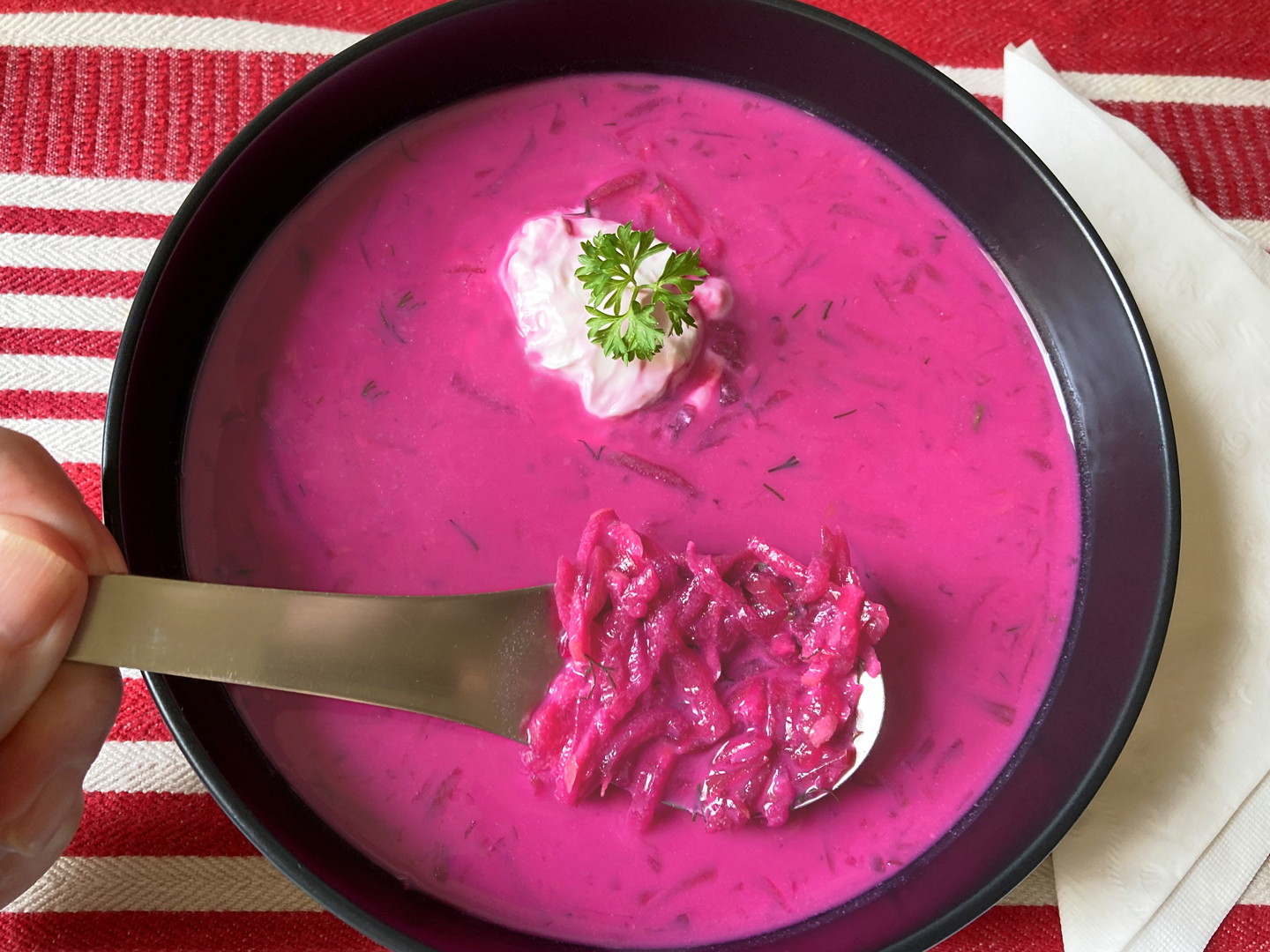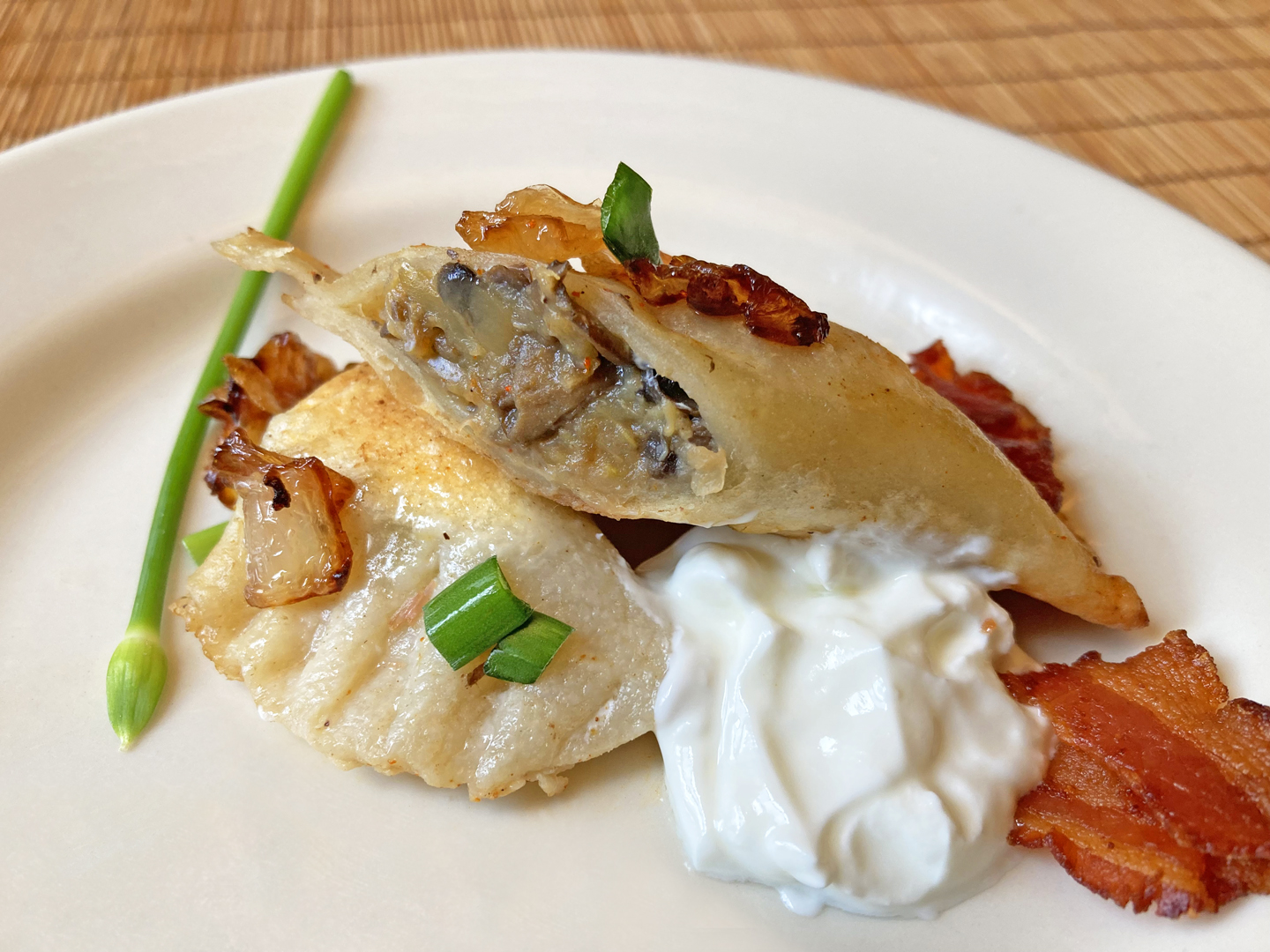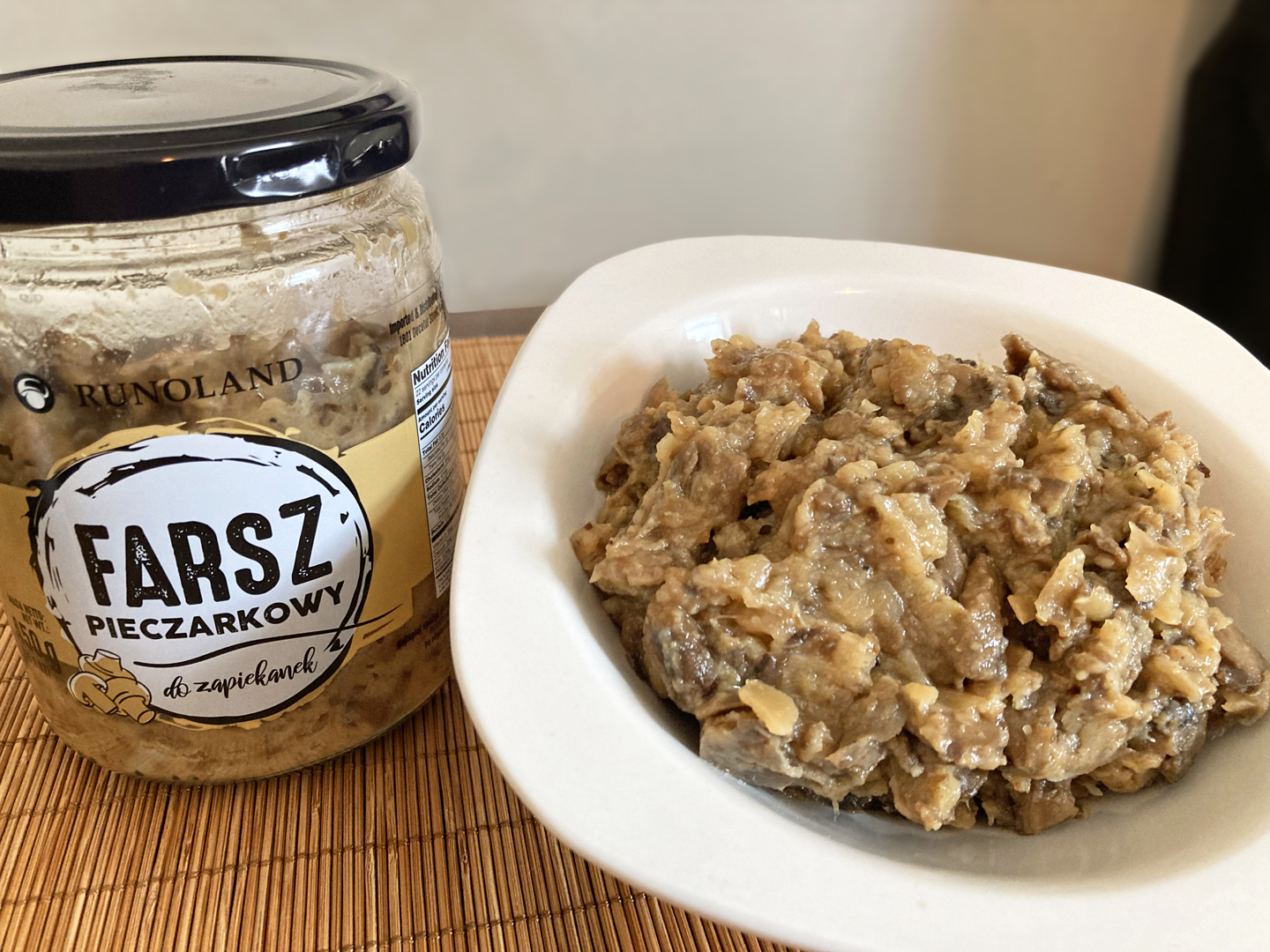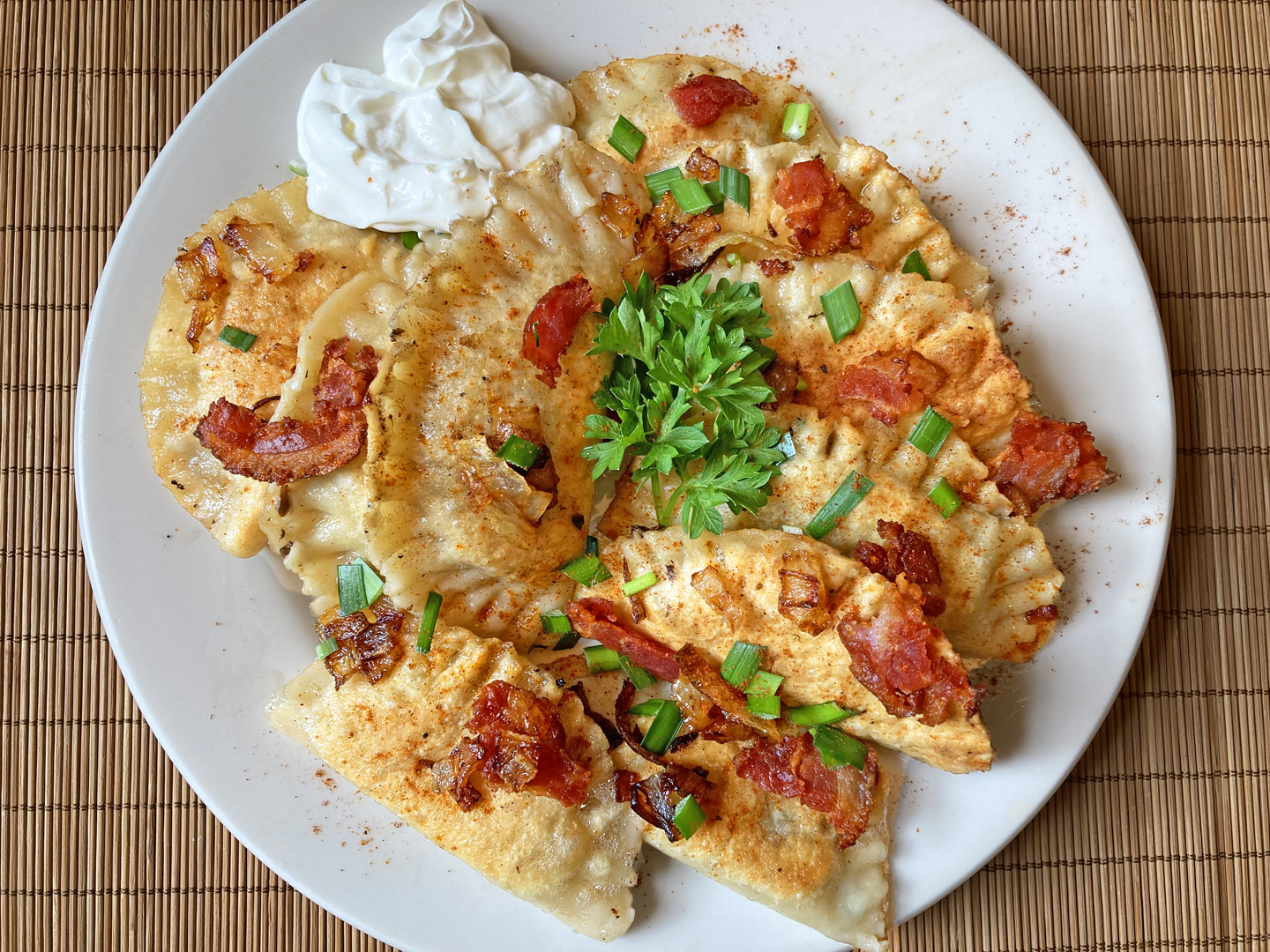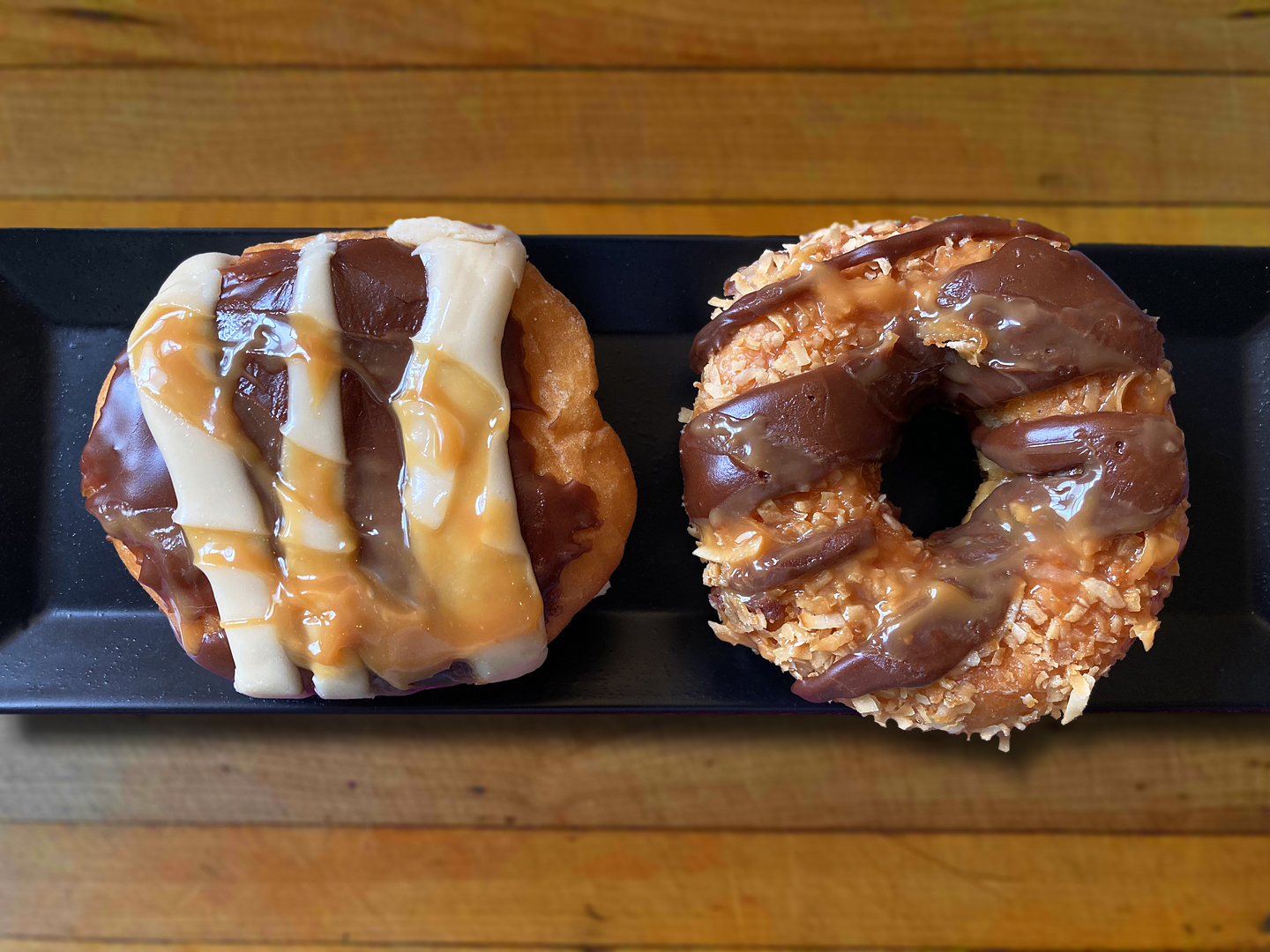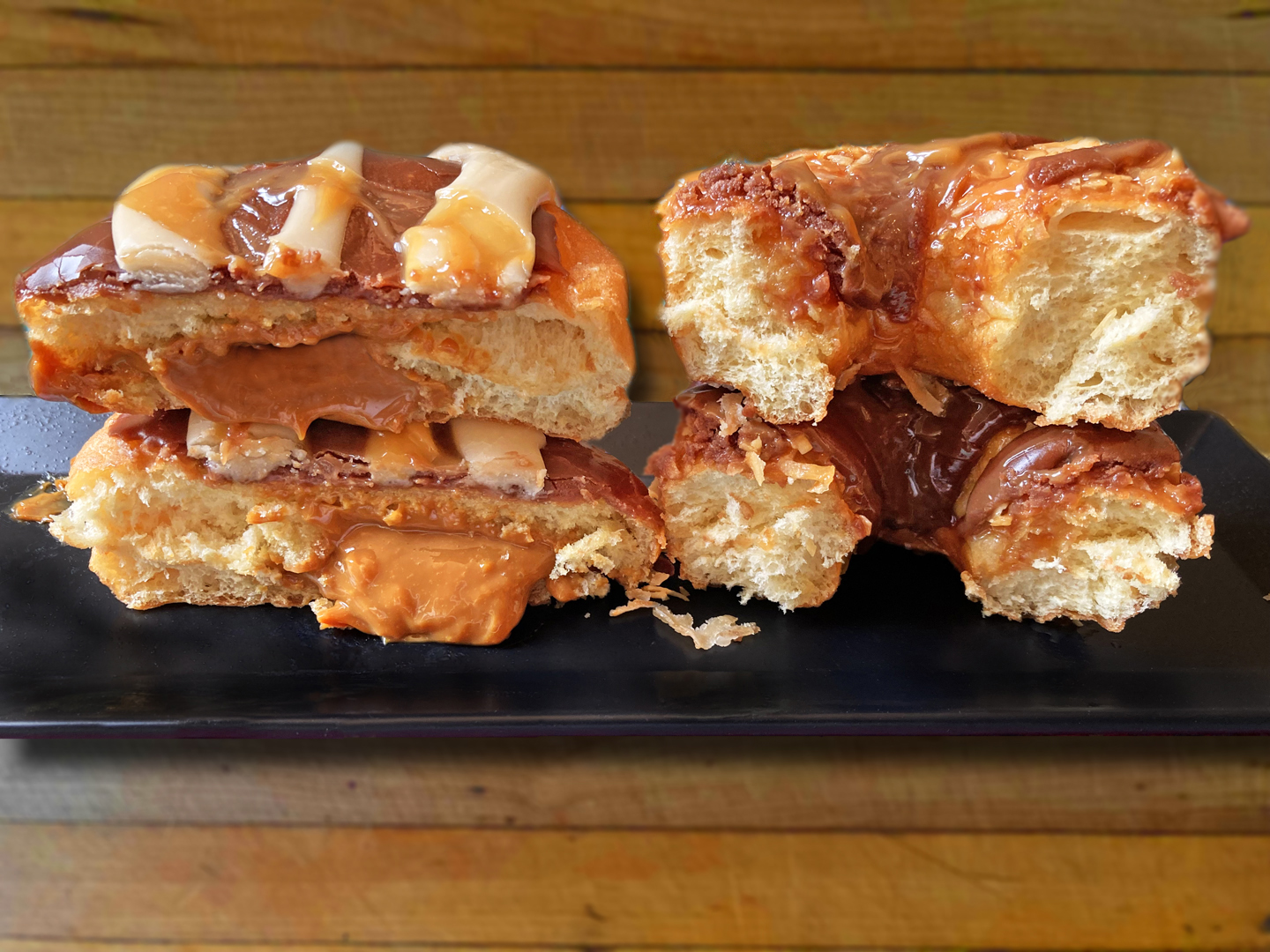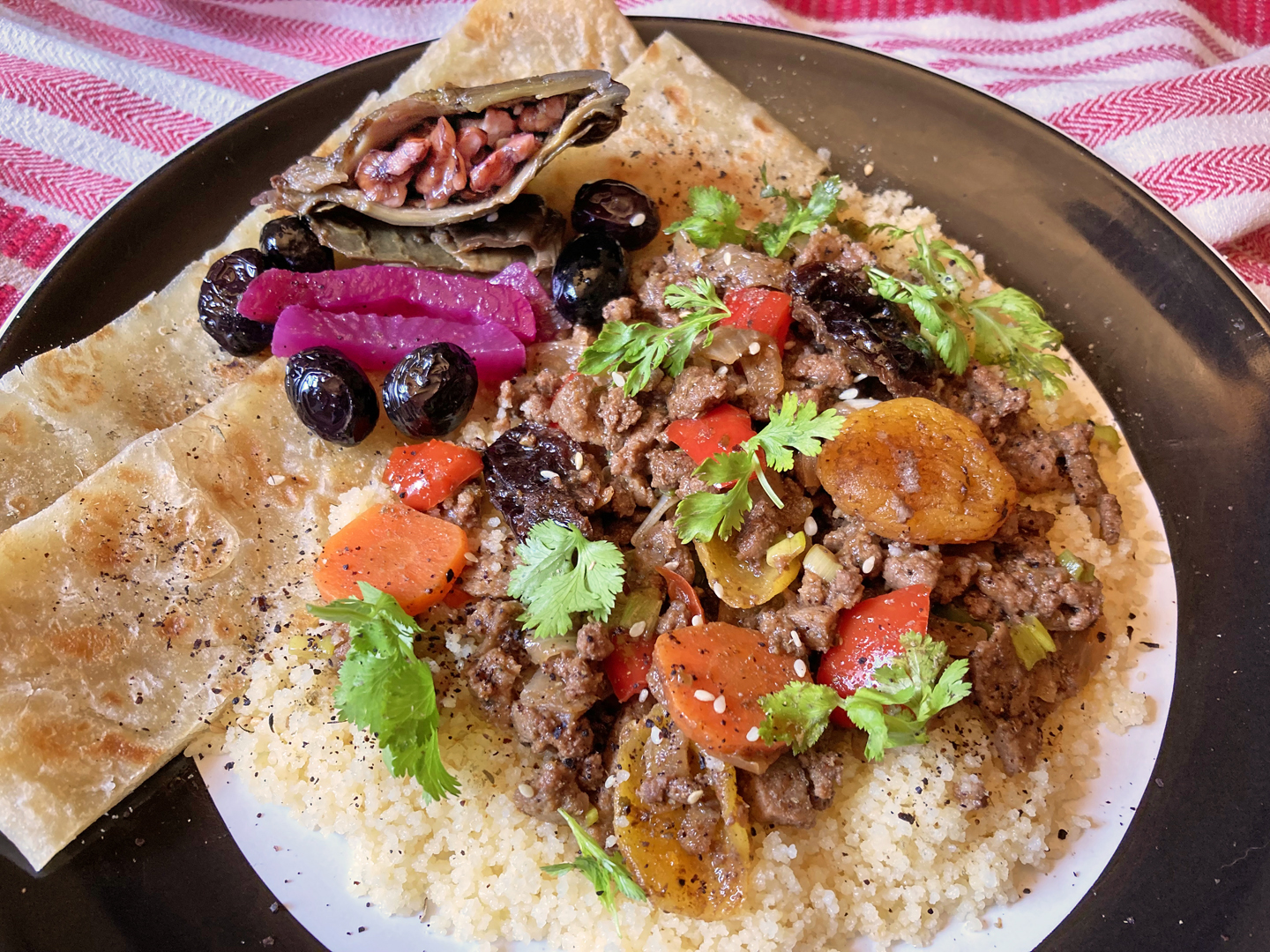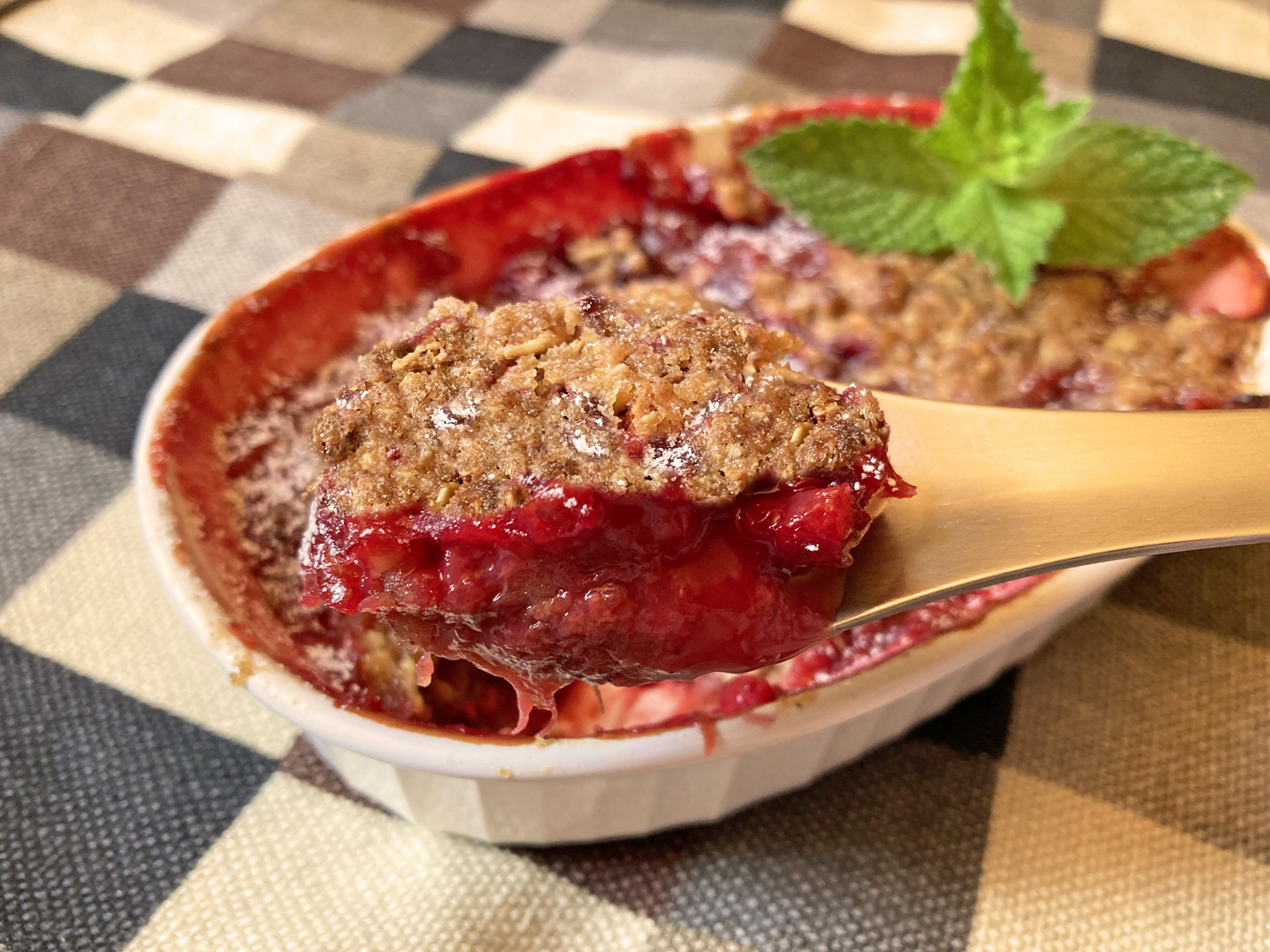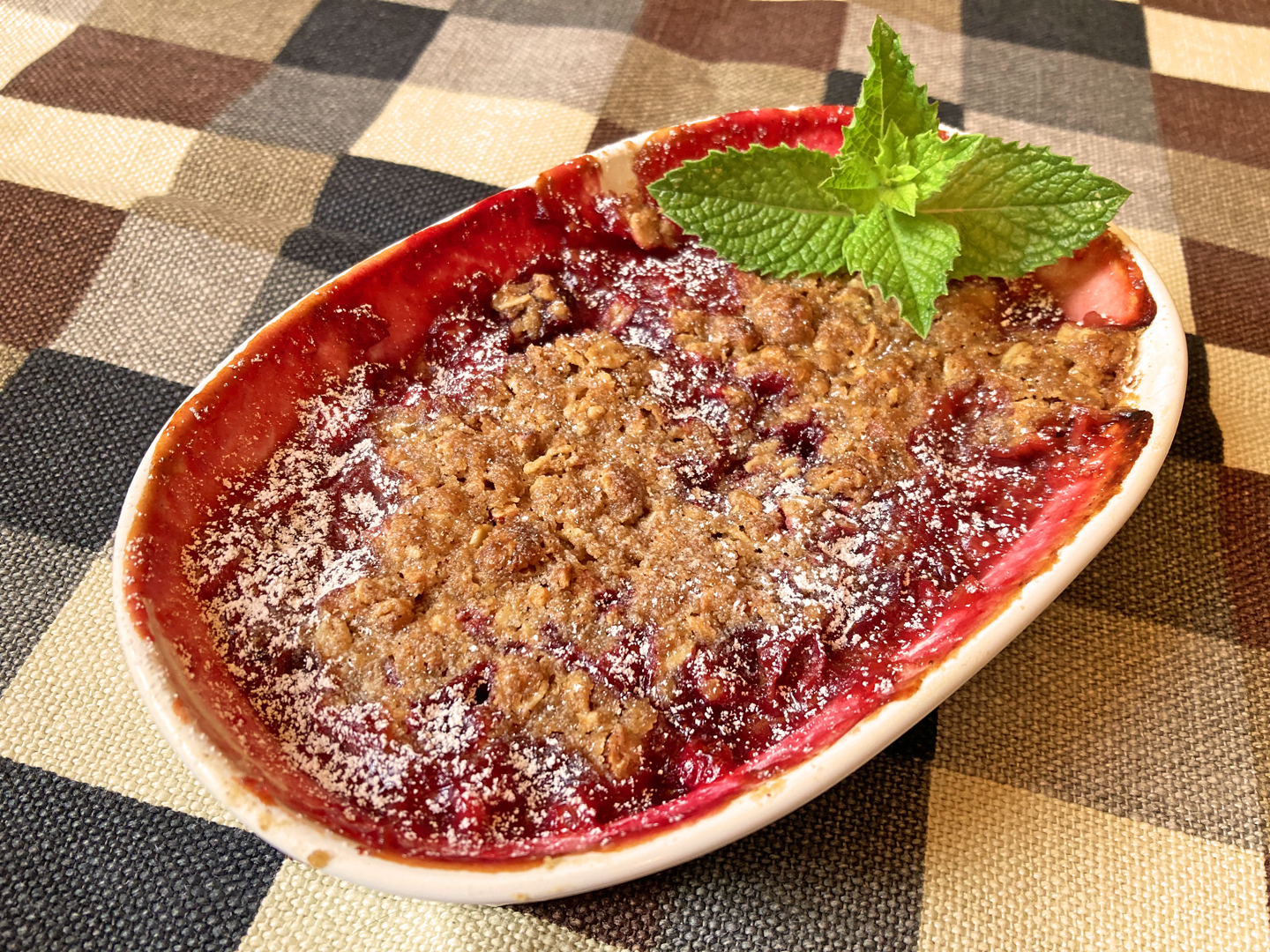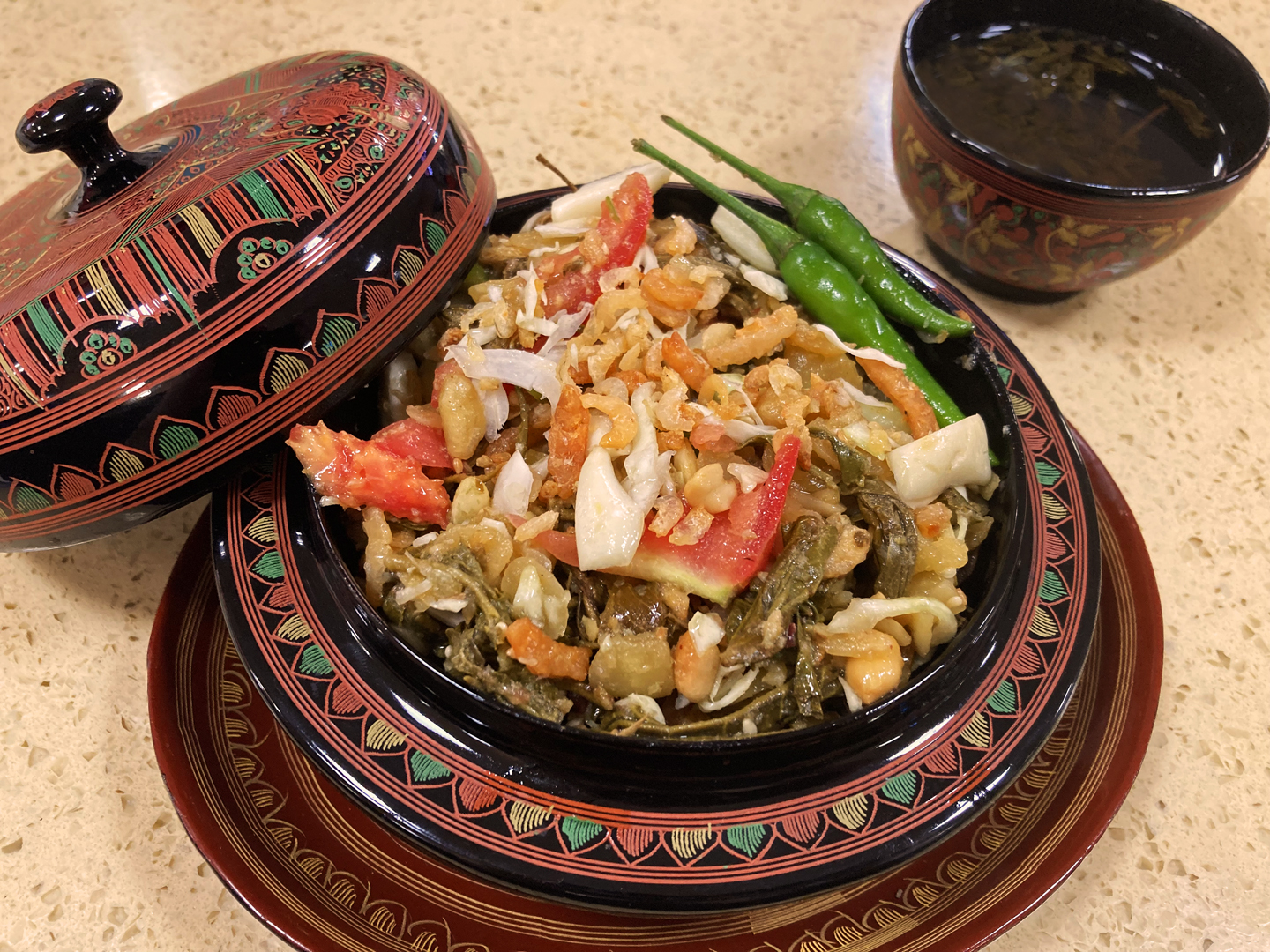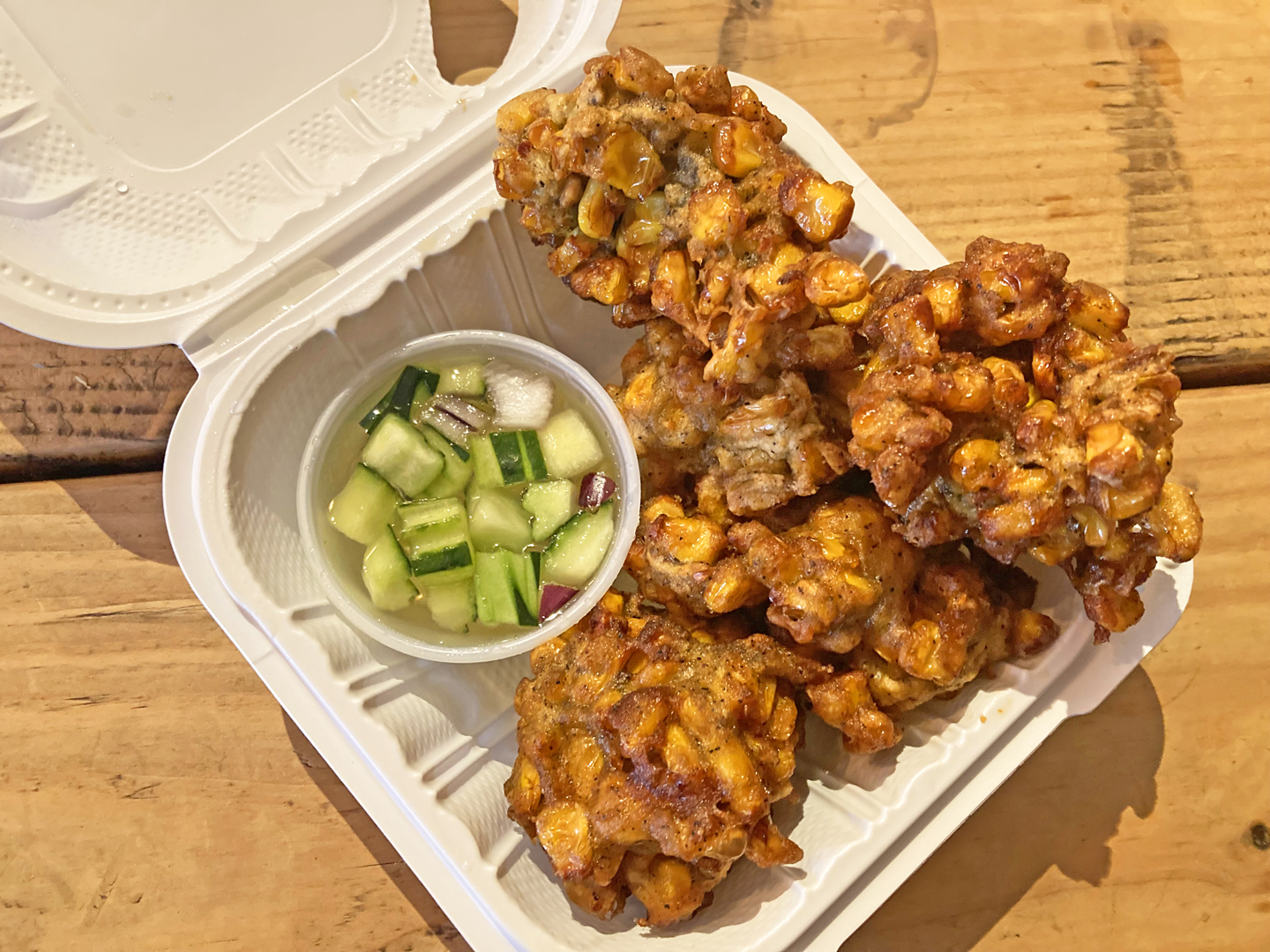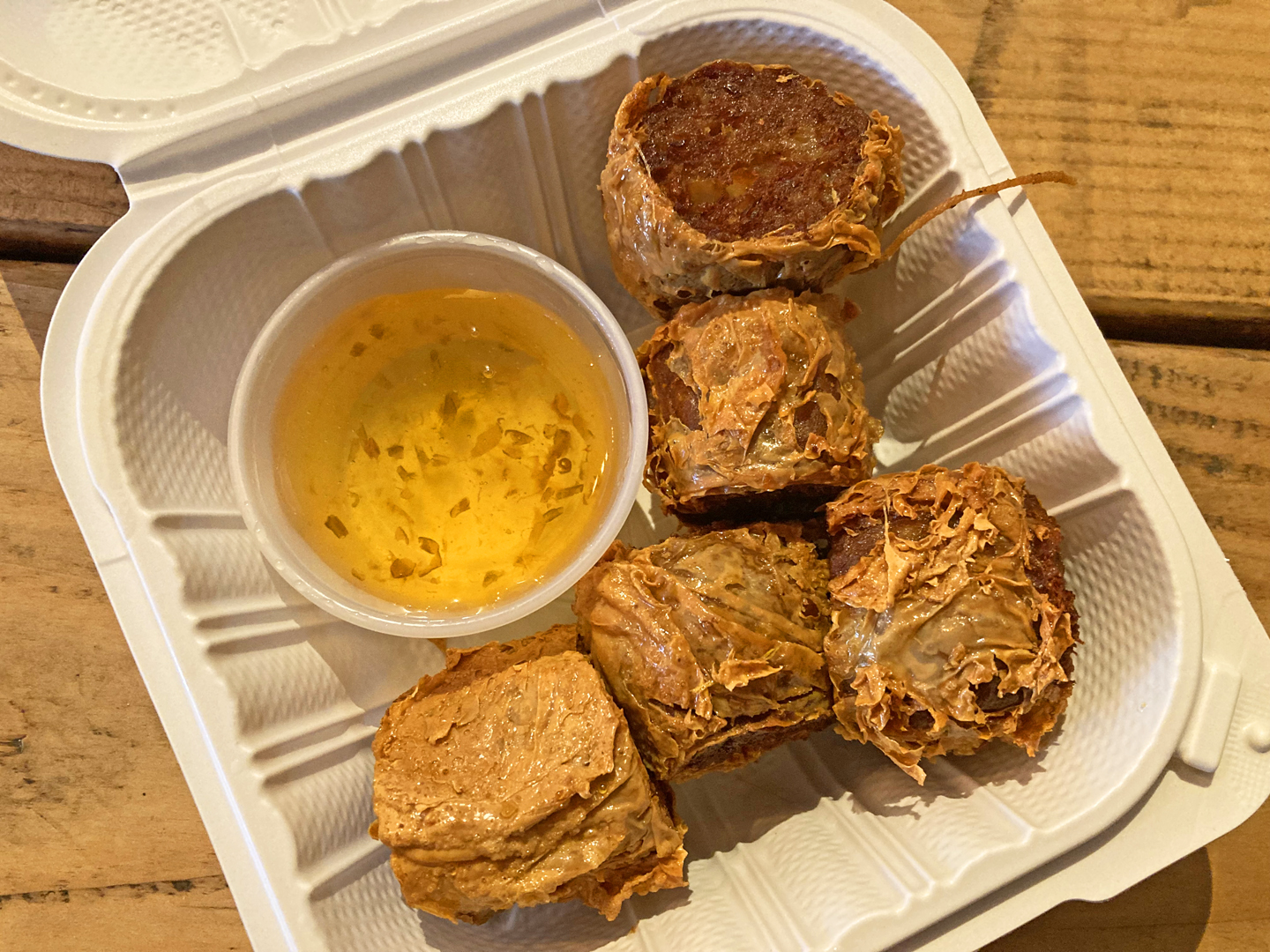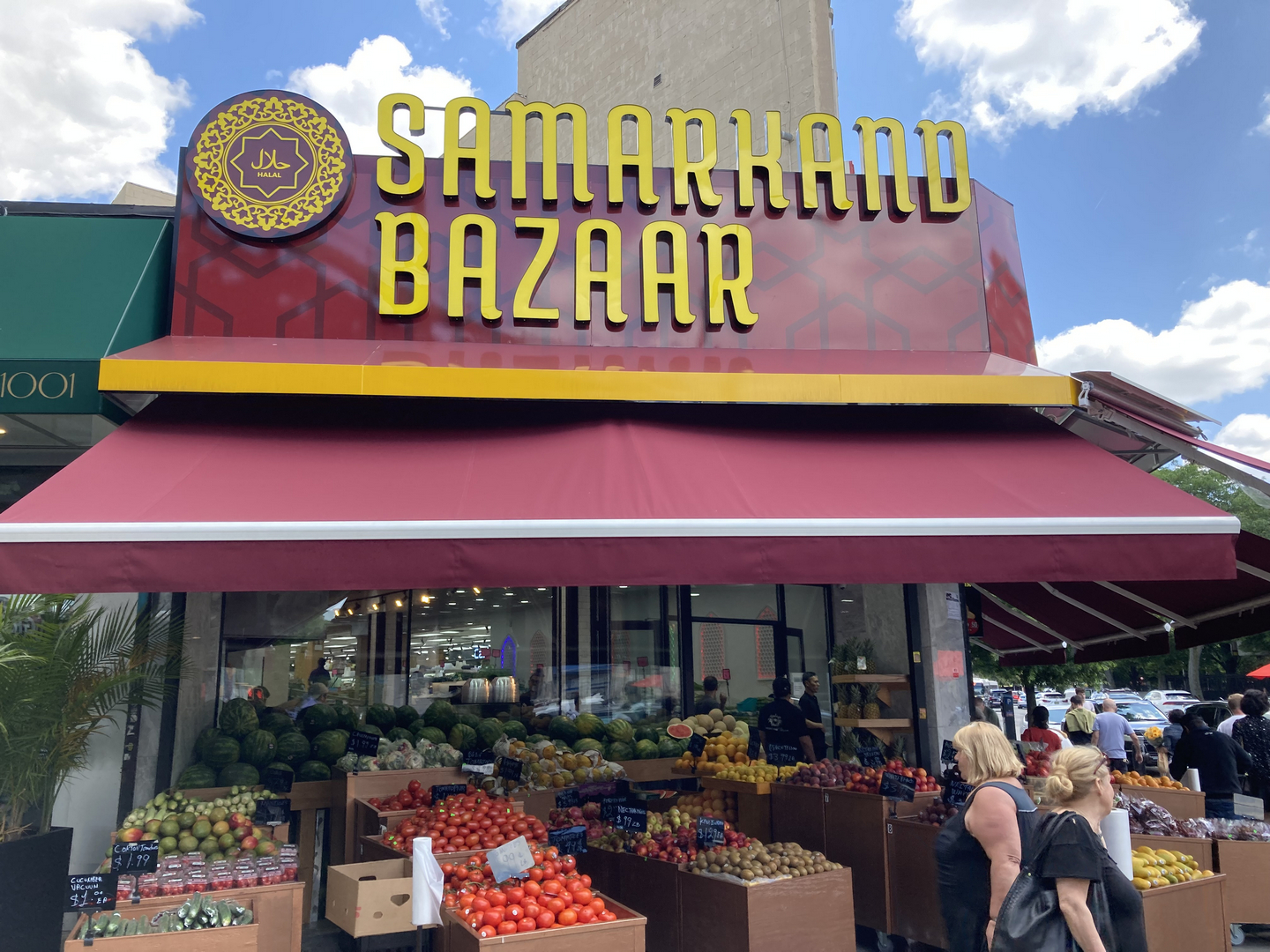(Click on any image to view it in high resolution.)
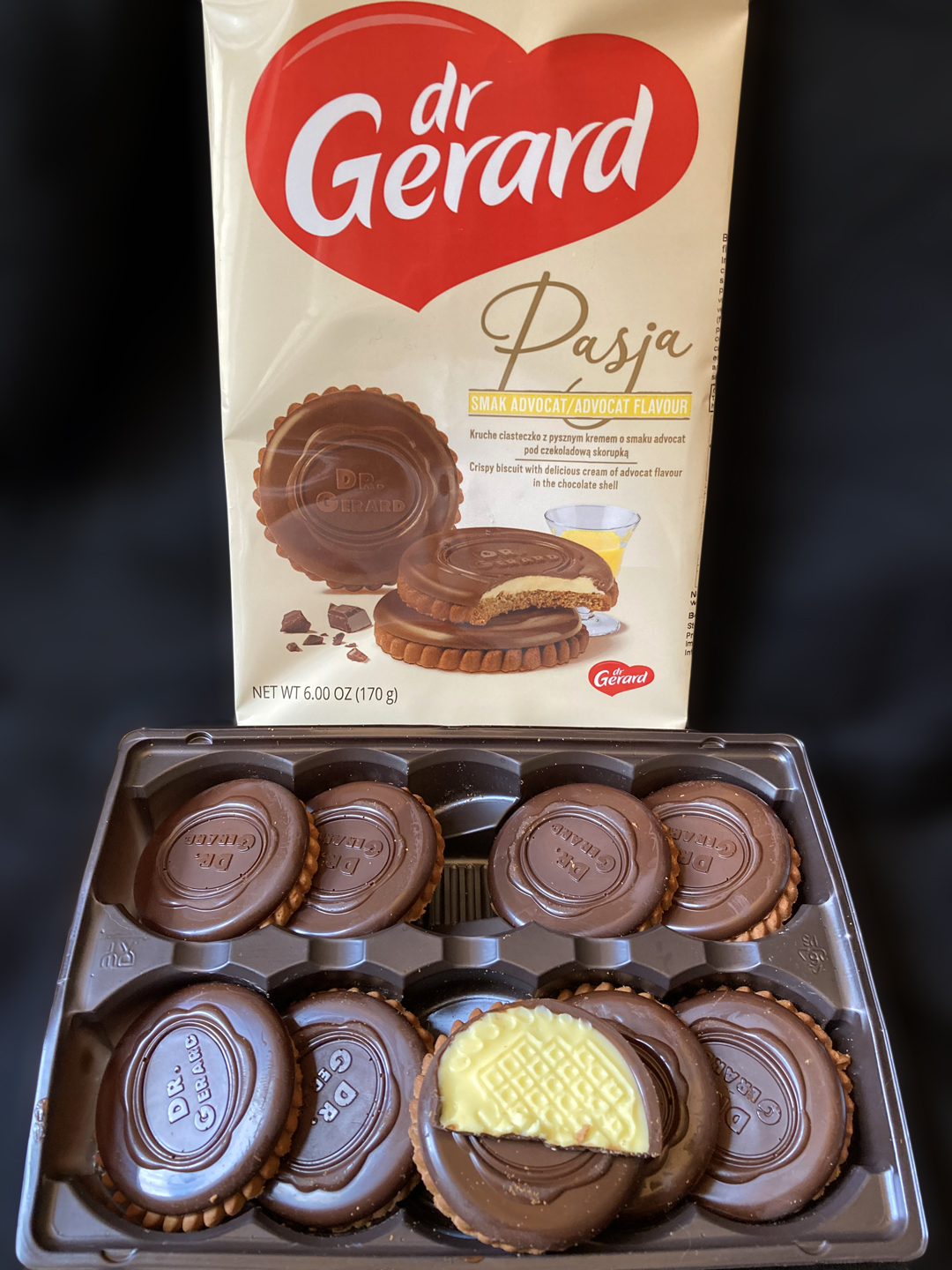
If you read me with any degree of regularity, you know that I’m a foreign language nut. You also know that I’ve been prowling around Greenpoint with an eye toward putting together a Polish ethnojunket.
So I was pleased to find an entire aisle of Polish filled cookies whose wrappers I could actually translate: wiśnia – cherry flavor, śliwka – plum flavor, cytrynowy – lemon flavor, advocat – lawyer flavor…wait, what? My BFF Google Translate was no help; it translated Polish advokat as lawyer. And no, having D as the second letter rules out avocado; awokado is Polish for avocado.
Of course I bought a bag. The English printed on the pack was even less help: “Crispy biscuit with delicious cream of advocat flavour in the chocolate shell.” Gee, thanks. It was only then that I noticed a picture of a tiny glass containing a yellow liquid lurking behind a stack of cookies on the package. I looked up “advocat drink” (how did we even survive without internet search engines?) and discovered: “Advocaat is a traditional Dutch alcoholic beverage made from eggs, sugar, and brandy. The rich and creamy drink has a smooth, custard-like consistency.” So it’s eggnog flavor that makes them unique and almost Christmassy! We’re definitely getting these treats if we do a Greenpoint food tour.
Because if you read me with any degree of regularity, you know how I feel about eggnog! 😉

